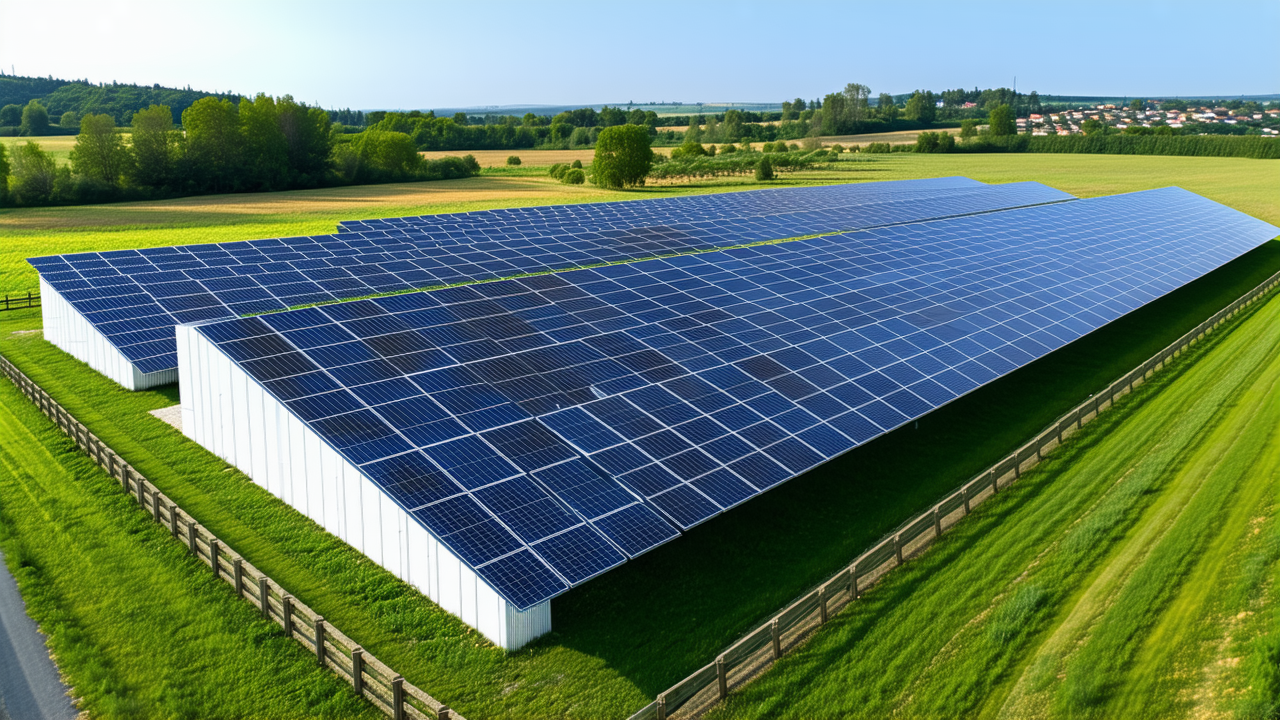New $750M Te Rāhui Solar Farm on Hawke’s Bay Border Set to Become Major Landmark
New $750M Te Rāhui Solar Farm on Hawke’s Bay Border Set to Become Major Landmark
A groundbreaking $750 million solar farm, known as Te Rāhui, is set to become a prominent landmark on the main highway connecting Napier and Taupō, State Highway 5 (SH5). The project, which will span approximately 1,000 hectares of farmland, is expected to be completed in two phases, with the first stage expected to be operational by 2027. This development marks a significant shift for Hawke’s Bay, which currently lacks any commercial-scale solar farms.
The solar farm will be built directly across SH5 from the Rangitaiki Tavern and will feature around 700,000 solar panels, making it one of the largest such projects in the country. The site, located on the Hawke’s Bay-Bay of Plenty border, is currently a dairy farm, and the developers are exploring the possibility of allowing sheep grazing under the panels to maximize land use.
The project is a joint venture between Nova Energy (owned by Todd Corporation) and Meridian Energy, and has already received the necessary environmental consents. Construction is expected to begin in late 2025 or early 2026, following the final stages of financial close.
Meridian Energy has previously been involved in other renewable energy projects in the region, including the recently completed Harapaki wind farm near SH5. The Te Rāhui solar farm will generate 200MW of renewable energy by 2027, with an additional 200MW expected to be completed by the end of the decade.
Fenton Wilson, chairman of Centralines, another company involved in solar projects in Hawke’s Bay, highlighted the strategic advantages of the region for solar energy development. He noted that the area’s proximity to the end of the power lines reduces energy loss, making it more cost-effective to generate power locally. He also pointed out that Hawke’s Bay benefits from long hours of sunlight compared to other parts of the North Island.
Jason Larkin, general manager of customer, commercial, and regulatory affairs at Centralines, emphasized the importance of local energy generation for resilience, especially in the event of natural disasters or transmission outages. The Centralines solar farm, a smaller 35-hectare project, is expected to begin construction in late 2025 and will connect directly into Centralines’ local network, providing a community-level energy solution.
Alongside Te Rāhui, several other solar farm projects are in the planning or early development stages in the region, including additional projects in Ongaonga and near Hawke’s Bay Airport in Napier. These developments are expected to contribute significantly to the region’s renewable energy goals and reduce reliance on energy sources from other parts of the country.
The Te Rāhui solar farm is not only a major step toward a sustainable energy future but also a symbol of the region’s growing commitment to renewable energy. As construction gets underway, the project is expected to create jobs and stimulate local economic development, while also serving as a model for future large-scale renewable energy projects in New Zealand.
With the global push toward clean energy and the increasing competitiveness of solar power, Hawke’s Bay is positioning itself as a key player in New Zealand’s renewable energy landscape. The success of Te Rāhui could pave the way for further investment in solar and other renewable energy sources, helping to meet national carbon reduction targets and support a more sustainable future.
